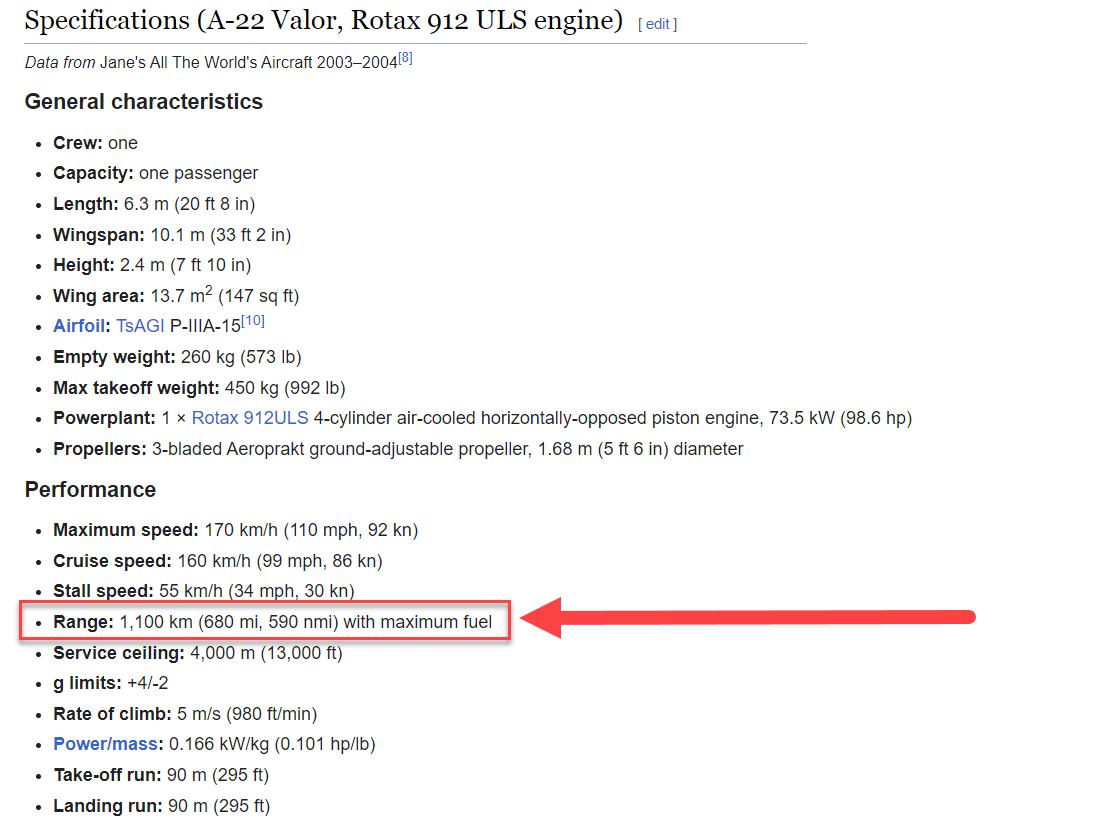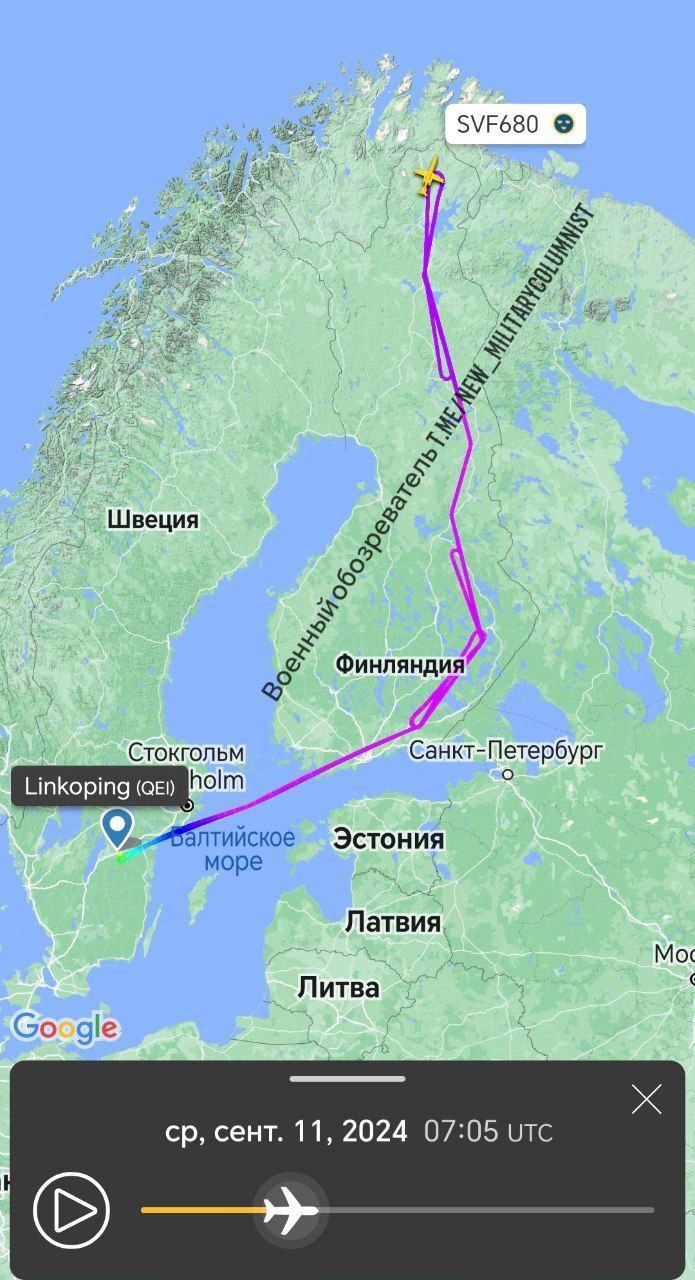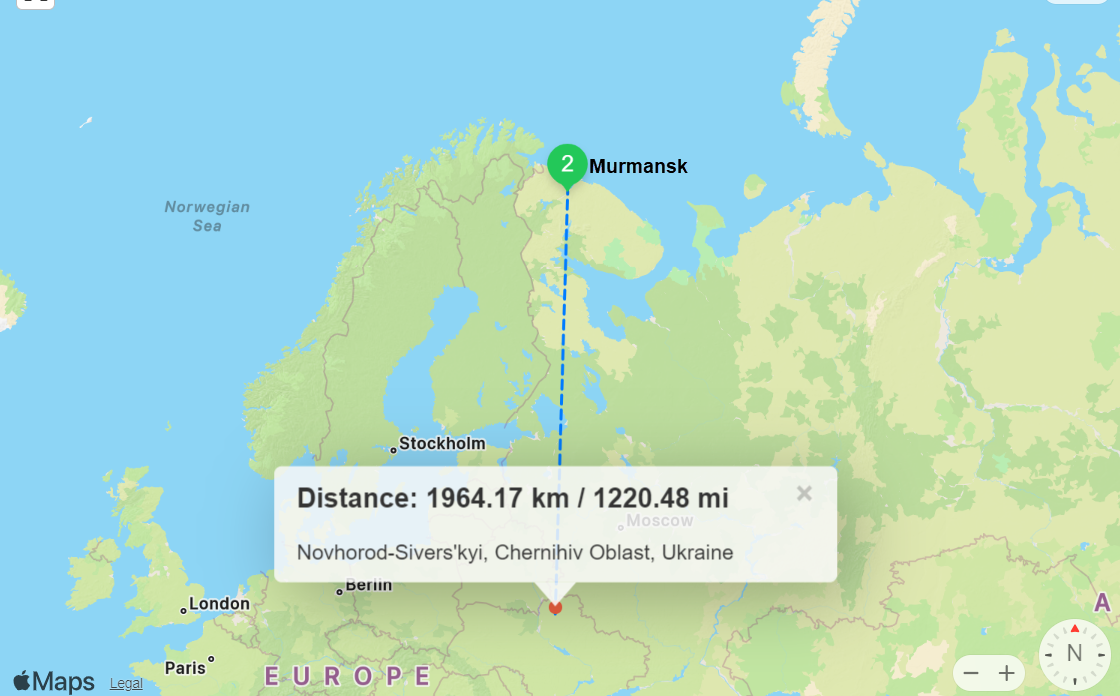This content is for Subscribers Only --
NATO has been caught directly attacking Russia.
Ukrainian kamikaze drones based on an A-22 Foxbat light aircraft were launched today from Finland and attempted to attack Russia's Olenya strategic base in Murmansk.
The Foxbat A-22 is a Ukraine-invented, ultralight, aircraft, which looks very much like a Cessna, but is smaller and much lighter. An A-22 is pictured in a FILE PHOTO, below:

The A-22 Foxbat is a Ukrainian two-seat, high-wing, tricycle landing gear ultralight aircraft that was designed by Yuri Yakovlev and is manufactured by Aeroprakt. In the United States the A-22 is referred to as the "Valor," while in the UK and Australia it is called the "Foxbat."
It has also been marketed as the "Vision."
The A-22 is supplied either as "ready-to-fly" factory built aircraft, or as a kit, consisting of 152 pieces. The kit can be built in about 500 man-hours.
The A-22 meets the definition of an FAI microlight.
In April 2024, the Ukrainian military converted the A-22 into a kamikaze drone. Prior to today, at least one has been used in the drone hunting role targeting small fixed wing drones with a passenger armed with a Malyuk rifle.
It is vital for Readers to understand that an A-22 aircraft only has a range of 590 nautical miles as shown on the Spec Sheet Below:

Today changed everything:
The distance from northernmost Ukraine to Murmansk, Russia, is shown on the map below as 1228.4 miles; far beyond the air travel range of an A-22.
With its range limited to 590 nautical miles, it is physically impossible for the A-22 to have flown from Ukraine to Murmansk. The plane HAD to stop for fuel in Sweden and/or Finland . . . both (new) NATO member countries.
That necessarily means that the A-22 could only carry out the attack after it had taken back off . . . . from a NATO country.
WORSE:
According to information from Intelligence sources, the targeting of the Russian Oleyna Strategic Base was carried out by a pair of Gulfstream electronic reconnaissance aircraft of the Royal Swedish Air Force, one of which operated for several hours near the Russian border as seen on the flight radar image below:

Ergo, NATO Member Sweden, used it's Royal Air Force to set targeting coordinates for an attack upon a Russian Strategic Base, fed those attack coordinates to an A-22 which was refueled and took off from NATO member country, Finland, and which A-22 then launched several attack drones IN FINLAND AIR SPACE, with those drones then entering Russian air space to carry-out the attack.
Russia air defenses tracked all of this on radar. They have the radar recordings and the facts are thereby completely substantiated and undeniable.
Russian air defenses successfully "downed" the incoming Ukrainian drones. The attack upon Russia, failed.
What we are left with is simple: The militaries of Sweden and Finland participated in an attempted military attack against a Russian Strategic Military Base in Murmansk, Russia.
Period.
Full stop.



